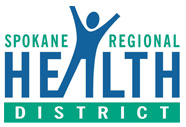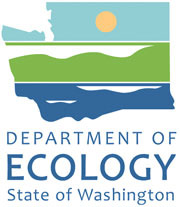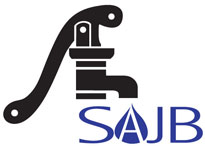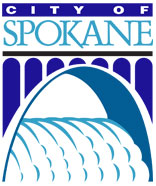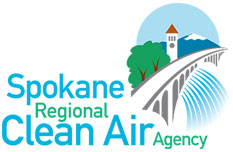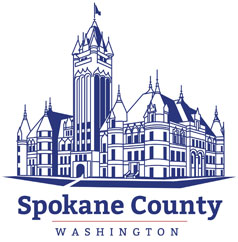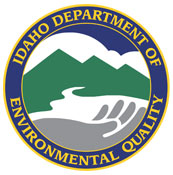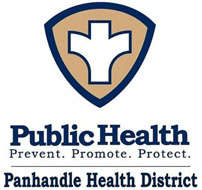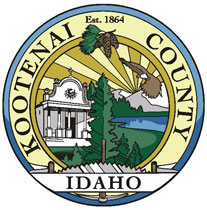Waste » Business » Wastewater » Cleaning Product
Many cleaning products present several health and environmental concerns. They may contain chemicals associated with eye, skin, or respiratory irritation, or other human health issues. Additionally, the concentrated forms of some commercial cleaning products are classified as hazardous, creating potential handling, storage, and disposal issues for users. Fortunately there are a number safe cleaning product alternatives.
EPA's Design for the Environment program helps consumers, businesses, and institutional buyers identify cleaning and other products that perform well, are cost-effective, and are safer for the environment.
Wash waters and storm water
Some cleaners, like water-soluble soaps and detergents, are relatively safe before use, but become dangerous when they take on contaminants while cleaning. Even fairly benign cleaners can become toxic quickly after washing a car or floor. These wash waters must be contained and properly managed. That is, if the wash water becomes dangerous waste, then it must be managed as dangerous waste.
Polluted runoff must never enter a septic system nor storm sewer. Remember that not all storm drains are marked. Every contaminant that falls or flows onto an unprotected parking lot or into the street can wind up in local surface waters. Help protect water quality by following the Stormwater Best Management Practices. (Spokane link?)
In some areas, some kinds of water wastes, usually with treatment, can be permitted to go down a sink drain to the sewer system. This would be permitted through the local Publicly Owned Treatment Works (POTW) or similar entity. The facility must have a written permit on hand. Carefully maintain any treatment systems on site.
Floor cleaning
Floor-cleaning methods that reduce pollution include using dry sweeping of absorbents for small spills and using floor-washing machines that recirculate and reuse water. Old floor drains should be plugged. Using a berm to contain any floor-cleaning water is good sense, as well as a Best Management Practice in many stormwater jurisdictions.
Department of Ecology's "Less-toxic Alternatives for Dangerous Solvents"
Department of Ecology's "Environmentally Preferable Purchasing Fact Sheet: All Purpose Cleaning Products"


